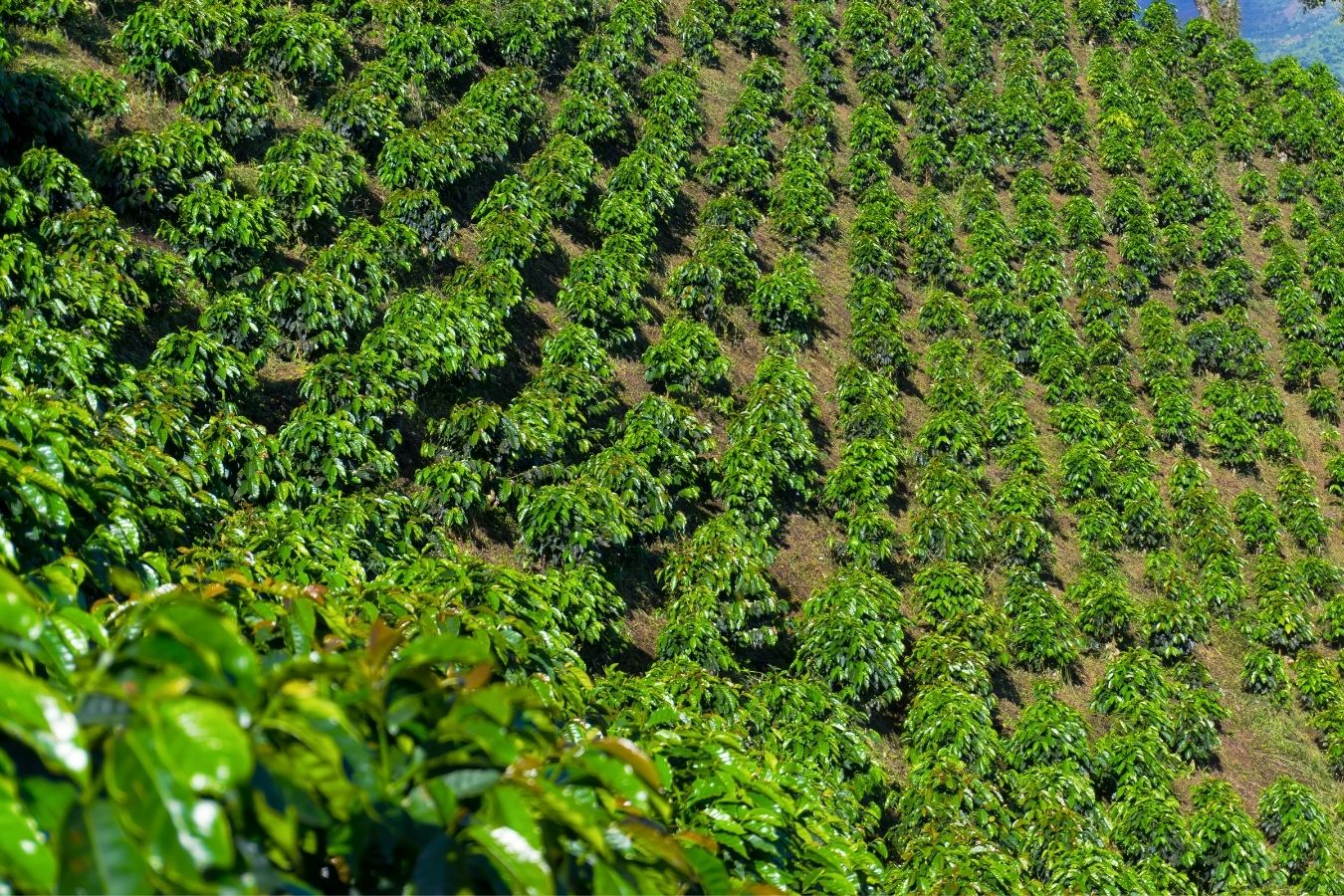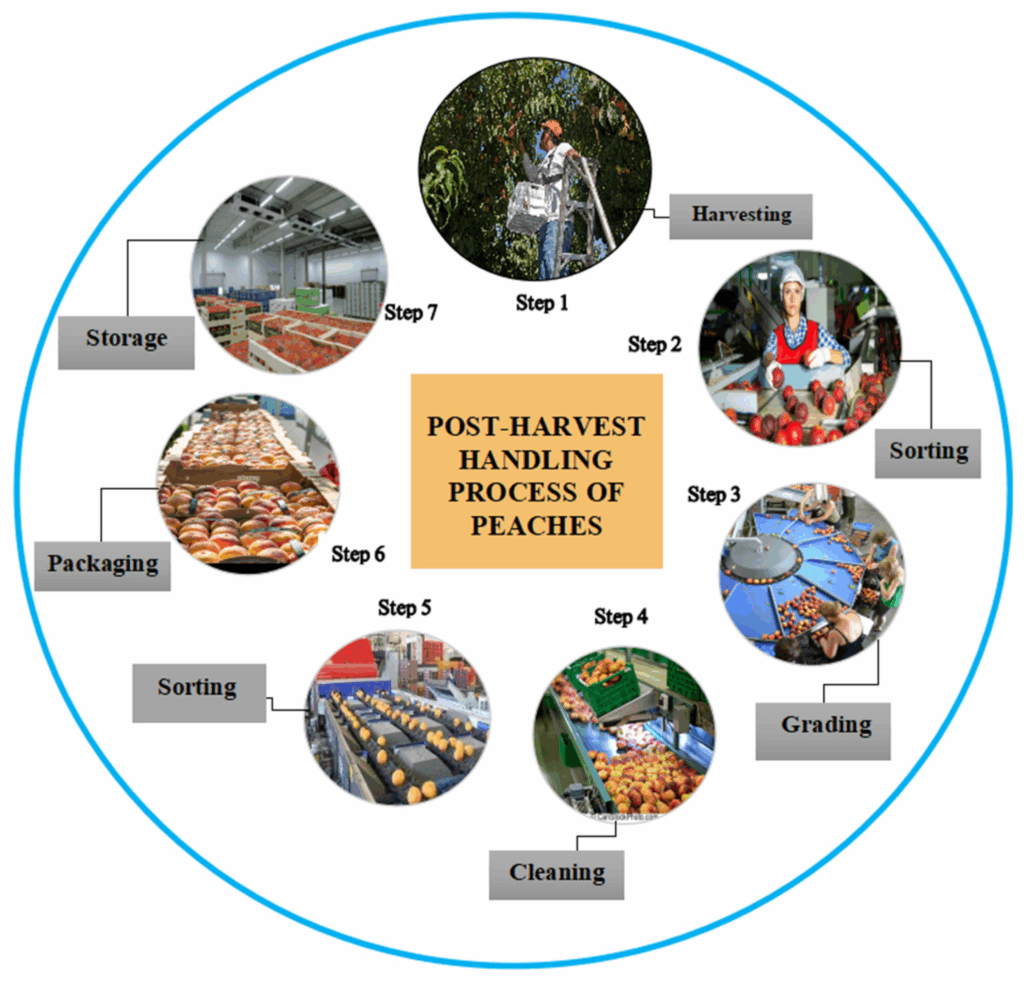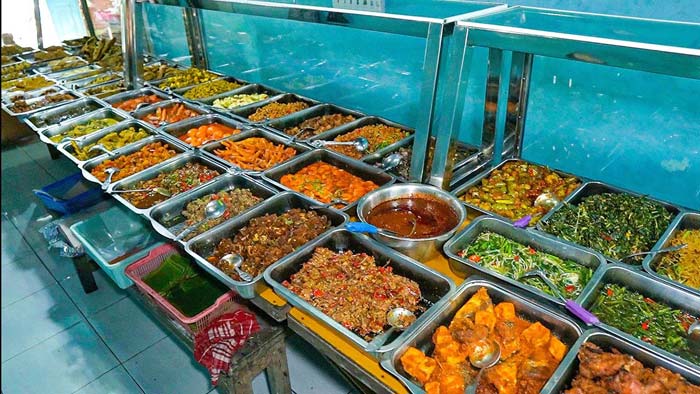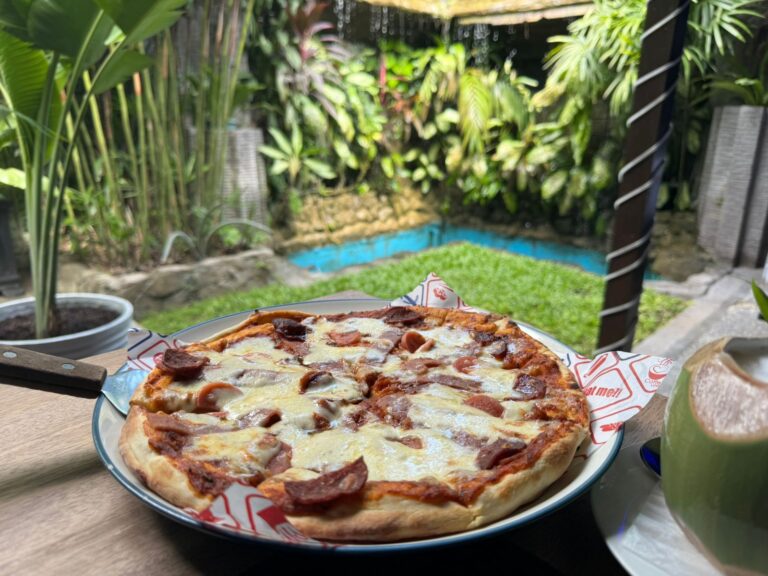Complete Guide to Coffee Cultivation: From Planting to Harvest
Coffee is among the key plantation crops of significant economic value both domestically and internationally. In Indonesia, coffee is not only a popular beverage but also a source of revenue for millions of producers. With its tropical climatic conditions and suitable geography, Indonesia ranks as the fourth biggest producer of coffee worldwide after Brazil, Vietnam, and Colombia.
Coffee farming requires specialized knowledge and skills to yield high-quality and abundant crops. This article is a definitive guide to coffee farming, from coffee varieties, growing requirements, farming practices, pest and disease control, and financial prospects.
History and Types of Coffee
Brief History

Coffee originated in Africa, specifically in the Ethiopian region. It was later spread worldwide, including to Indonesia, where it first appeared in the 17th century via Dutch colonization. Arabica was the initial coffee type grown in Indonesia.
Types of Coffee
Generally, two types of coffee are cultivated worldwide:
1. Arabica Coffee (Coffea arabica):
- A Mild flavor, higher acidity, richer aroma.
- Optimum for cultivation is 1,000–2,000 meters above sea level.
- Susceptible to pests and diseases, particularly coffee leaf rust.
2. Robusta Coffee (Coffea canephora):
- Strong, bitter flavor.
- Thrives in 400–800 meters.
- Less susceptible to diseases and pests.
- Has higher caffeine content than Arabica.
Others are not very popular, namely Liberica and Excelsa, but their cultivation is still limited.
Rising Needs of Coffee Plant

Coffee plants prefer a specific set of environmental conditions. The primary needs are:
1. Climate:
- Optimum temperature: 18–25°C (Arabica), 24–30°C (Robusta).
- Rainfall: 1,500–3,000 mm per year.
- High humidity with suitable sunlight exposure.
2. Altitude:
- Arabica: 1,000–2,000 meters above sea level.
- Robusta: 400–1,000 meters above sea level.
3. Soil:
- Type of soil: andosol or latosol.
- Soil pH: 5.5–6.5.
- Loose texture, organic matter-rich, and well-drained.
4. Topography:
- Grows optimally on hillsides or highlands with slopes less than 40% to prevent erosion.
Land Preparations and Seedling Development
Land Preparation

Steps are:
• Removal of the weeds and residues of past crops from the land.
• Pounding or loosening up to a depth of 30–40 cm.
• Digging holes for planting, which are typically 60x60x60 cm in dimensions.
• Adding lime if the soil is too acidic, and base fertilizer such as 10–15 kg of organic manure per hole.
Seedling Preparation
Seedlings may be prepared in two ways:
1. From seeds:
Select seeds from good-quality mother plants.
Plant seeds in seedbeds and let them germinate for 2–3 months.
Transfer to polybags and cultivate for 6–8 months.
2. Vegetative propagation (cuttings or grafting):
Common for Robusta coffee.
Provides early-bearing and uniform varieties.
Planting
The best time is at the start of the rainy season. Procedure is:
- Gently pull out seedlings from polybags without injuring their roots.
- Place the seedling in the dug hole and cover with soil.
- Pack the soil and create a small mound at the base.
- Provide temporary shade cover using coconut fronds or straw to reduce direct sun stress.
Recommended spacing:
- Arabica: 2 x 2.5 meters or 2.5 x 2.5 meters.
- Robusta: 2.5 x 2.5 meters or 3 x 3 meters.
Plant Maintenance
1. Replanting (Reseeding)
Replace dead and not growing well plants within the first 1–2 months from planting.
2. Weeding
Weeds have to be swept out periodically to reduce competition for nutrients and remove pest hideouts.
3. Fertilization
Fertilizers need to be applied based on plant age:
- Year 1–2: NPK 15-15-15 at 100–200 grams per tree.
- Year 3 onwards: Additional manure, NPK, KCl, Urea.
- Lime (dolomite) can be utilized to correct soil pH.
4. Pruning
- Three main types of pruning:
Formative pruning shapes the tree during young development.
Productive pruning: induces flowering and fruiting.
Rejuvenation pruning removes old or unproductive branches.
5. Irrigation and Drainage
Supplementary watering may be necessary during dry weather. Avoid waterlogging to prevent root rot, but ensure good drainage.
Pests and Diseases
Main Pests:
1. Plant Stem Borer (Xylosandrus compactus):
Symptoms: small holes in the stem, wilting of the plant.
Control: burn the affected branches and use systemic insecticides.
2. Coffee Berry Borer (Hypothenemus hampei):
Symptoms: minute entry holes in the coffee cherry, infested bean.
Control: field sanitation, pheromone trap, contact insecticides.
3. Leaf-eating Caterpillar (Leucoplema dohertyi):
Damages young leaves and photosynthesis.
Control: natural or chemical insecticides.
Major Diseases:
1. Coffee Leaf Rust (Hemileia vastatrix):
Symptoms: orange-yellow spots under leaves.
Control: copper-based fungicides, plant-resistant varieties.
2. Root Rot (Fusarium sp.):
Causes wilting and death of plants.
Control: good drainage, systemic fungicides.
3.White Root Fungus (Rigidoporus lignosus):
Infects roots, causing plant desiccation.
Control: uproot and burn infected plants, use Trichoderma fungi.
Harvest and Post-Harvest Handling

Harvesting
Harvest when cherries are bright red for maximum ripeness. Selective harvesting is recommended for quality assurance. Harvesting usually occurs every 1 or 2 weeks in the main harvest season.
Peak productivity is commonly attained at 4–5 years old.
Post-Harvest Process
Sorting and Washing:
Cherries are sorted and washed to remove impurities.
Processing Methods:
Wet Process: pulp removal, fermentation, washing, then drying.
Dry Process: drying under the sun with the skin on.
Semi-Washed: common in Indonesia, a blend of wet and dry processing.
Drying: Drying of beans to 12%–13% moisture content.
Hulling: Removal of the parchment layer once the beans are dry.
Storage and Grading:
Size and quality grading of beans before dry storage.
Business Prospects and Economic Value
World demand for coffee is on the rise, especially for specialty coffee. Indonesia, with its heterogeneous flavor and regional taste (e.g., Gayo, Toraja, Kintamani, Java), has a competitive advantage.
Coffee prices are favorable, especially if coffee farmers venture into processing beyond the raw (green bean) stage, e.g., roasting or ready-to-drink packaging.
Opportunities for business ventures are:
• Organic or specialty coffee production.
• Coffee shops and packaged coffee products.
• Green bean export.
• Coffee farm tourism (agrotourism).
Conclusion
Coffee production is demanding but fulfilling labor. Coffee farming requires dedication and experience with the regime’s agronomic, climate, and pest control. When properly cared for and post-harvest treated, coffee yields are of high quality and quantity.
The economic worth of coffee is significant, not least if the farmer transcends raw production to value-added activities. Coffee farming development is not only crucial to the wealth of farmers but also to national and regional economic growth.






